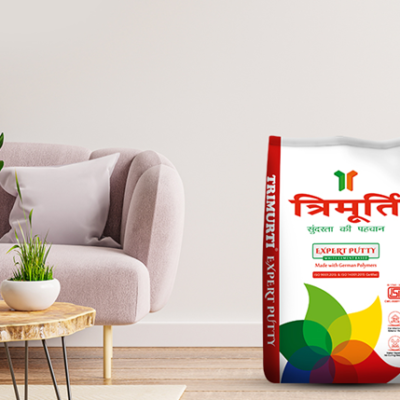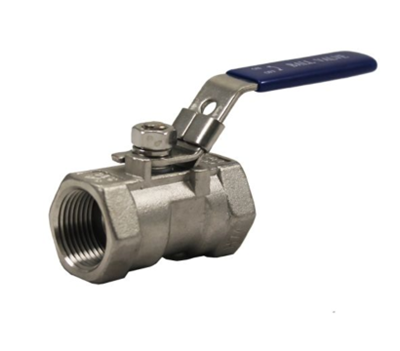Introduction:
Residential plumbing issues are common and can be a hassle to deal with. While some problems require professional intervention, many minor plumbing repairs can be handled by homeowners themselves. This article provides expert tips for DIY residential plumbing repair to help you save time, money, and the frustration of waiting for a plumber. However, always remember that safety should be your priority, and if you’re uncertain or uncomfortable with a repair, it’s best to consult a professional.
I. Basic Plumbing Tools:
Before attempting any plumbing repair, it’s essential to have a set of basic plumbing tools readily available. These tools include an adjustable wrench, pliers, pipe wrench, pipe cutter, drain snake, plumber’s tape, Teflon tape, and a plunger. Having these tools on hand will make it easier to tackle common plumbing issues.
II. Fixing a Leaky Faucet:
A leaky faucet is not only annoying but can also waste a significant amount of water. To fix a leaky faucet, start by shutting off the water supply to the faucet. Then, disassemble the faucet by removing the handle and valve cartridge. Inspect the cartridge for any damage or worn-out parts and replace them if necessary. Apply plumber’s tape to ensure a tight seal when reassembling the faucet.
III. Unclogging Drains:
Clogged drains are a frequent plumbing problem in households. For minor clogs, a plunger can often do the trick. Ensure there is enough water in the sink or tub to cover the plunger’s rubber cup, place the plunger over the drain, and vigorously plunge up and down to create suction and dislodge the clog.
For stubborn clogs, a drain snake can be used. Insert the snake into the drain and rotate it clockwise to break up or hook onto the clog. Slowly pull out the snake, bringing the clog with it. Remember to clean and sanitize the snake before storing it.
IV. Repairing a Running Toilet:
A running toilet can waste a significant amount of water and increase your utility bills. To fix a running toilet, start by removing the tank lid and inspecting the flapper. If the flapper is worn or damaged, replace it with a new one. Adjust the chain length connecting the flapper to the flush handle to ensure proper functioning. If the problem persists, consider replacing the entire flush valve assembly.
V. Dealing with Low Water Pressure:
Low water pressure can be frustrating, especially when you need a steady flow of water. Start by checking if the low pressure is isolated to a single faucet or affects the entire house. If it’s a single faucet, remove the aerator and clean any sediment or debris that may have accumulated. For whole-house low water pressure, check the main shut-off valve to ensure it’s fully open. If the issue persists, consult a professional plumber to assess the problem.
VI. Repairing a Leaking Pipe:
A leaking pipe requires immediate attention to prevent water damage. Start by shutting off the main water supply to your house. Next, dry the area around the leak and apply plumber’s epoxy or a pipe repair clamp to seal the leak temporarily. Contact a professional plumber to assess the situation and perform a permanent repair.
VII. Maintenance and Prevention:
Regular maintenance and prevention can help avoid plumbing issues in the first place. Inspect your pipes, faucets, and water-using appliances for any signs of leaks or damage. Maintain clean drains by using drain guards to catch hair and debris. Periodically flush your water heater to remove sediment buildup. By adopting these preventive measures, you can minimize the likelihood of major plumbing problems.
Conclusion:
DIY residential plumbing repairs can save you time and money, but it’s important to know your limits. For complex or extensive plumbing issues, it’s always advisable to consult a professional plumber. Remember to prioritize safety, use the right tools, and follow the instructions carefully when attempting any DIY repairs. By having a basic understanding of plumbing and employing these expert tips, you can handle many common residential plumbing problems with confidence.





